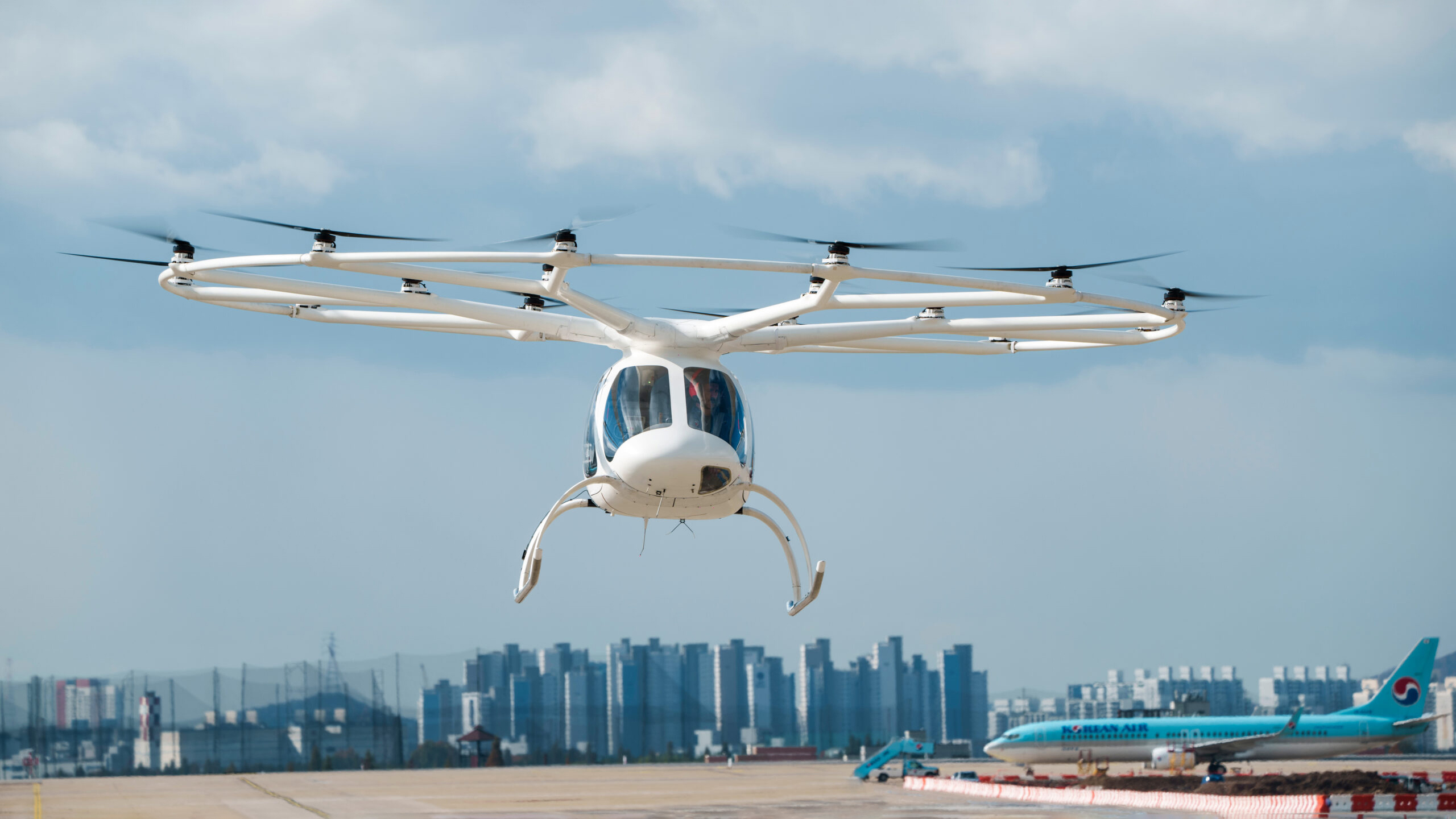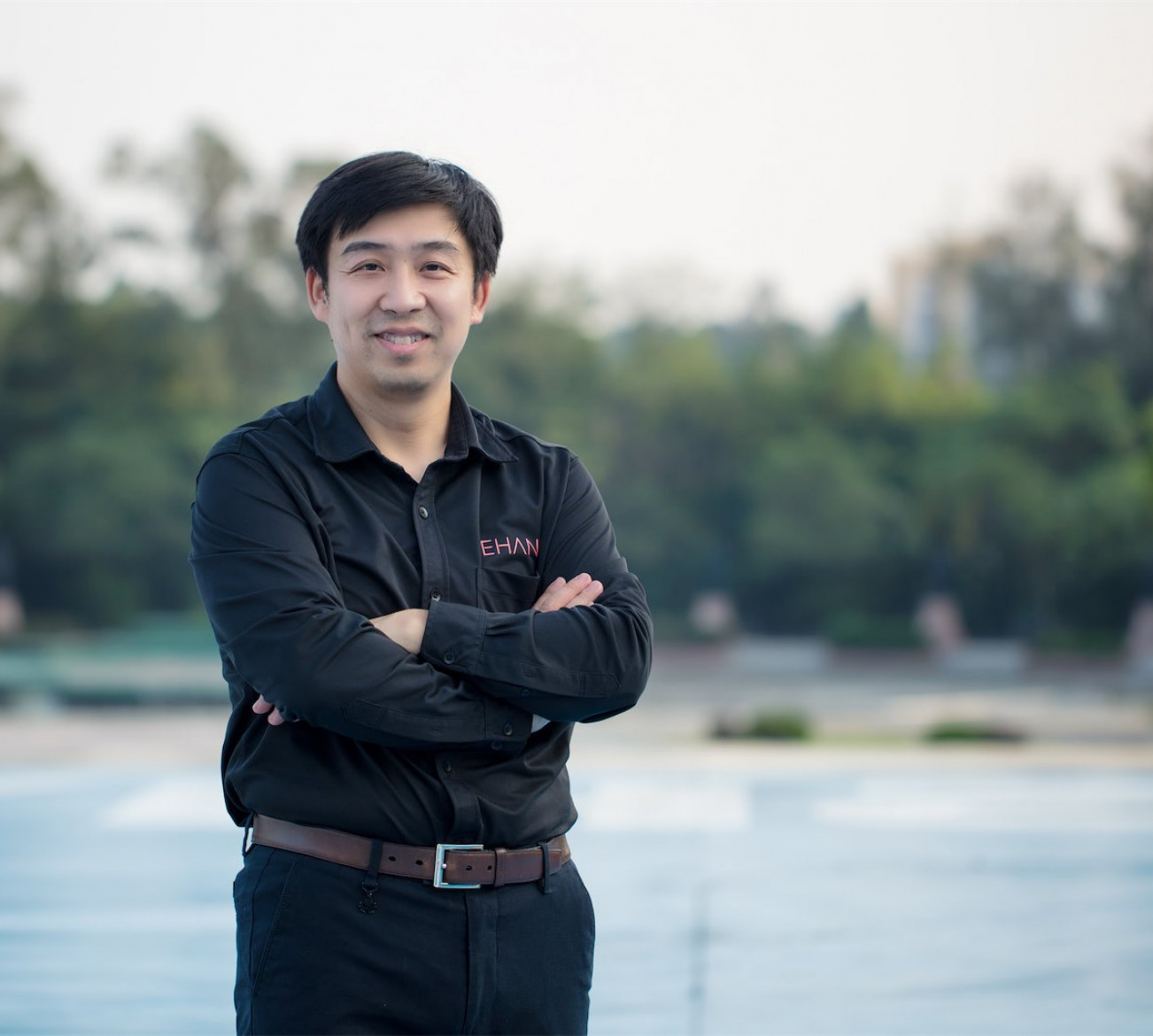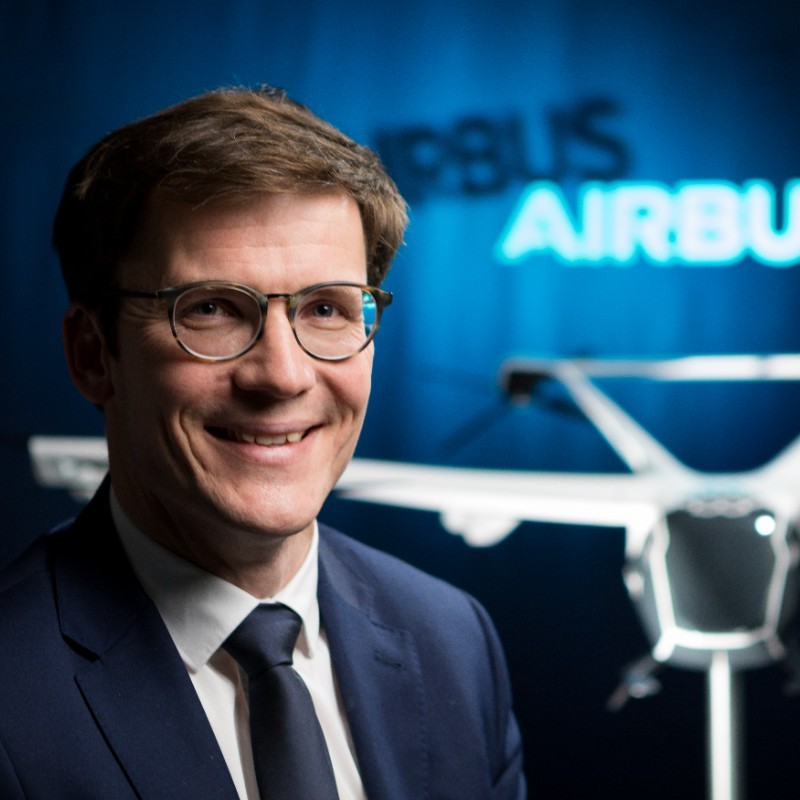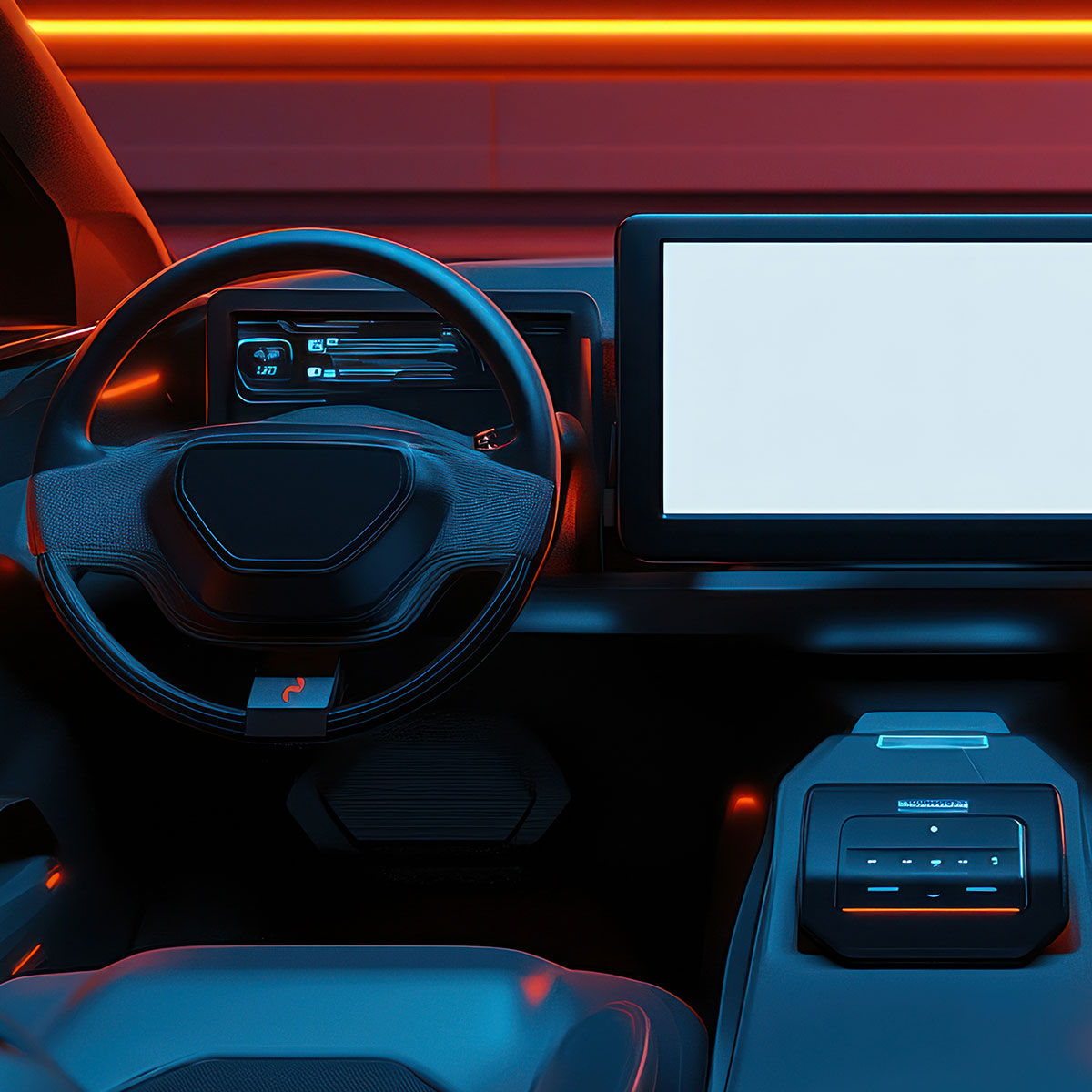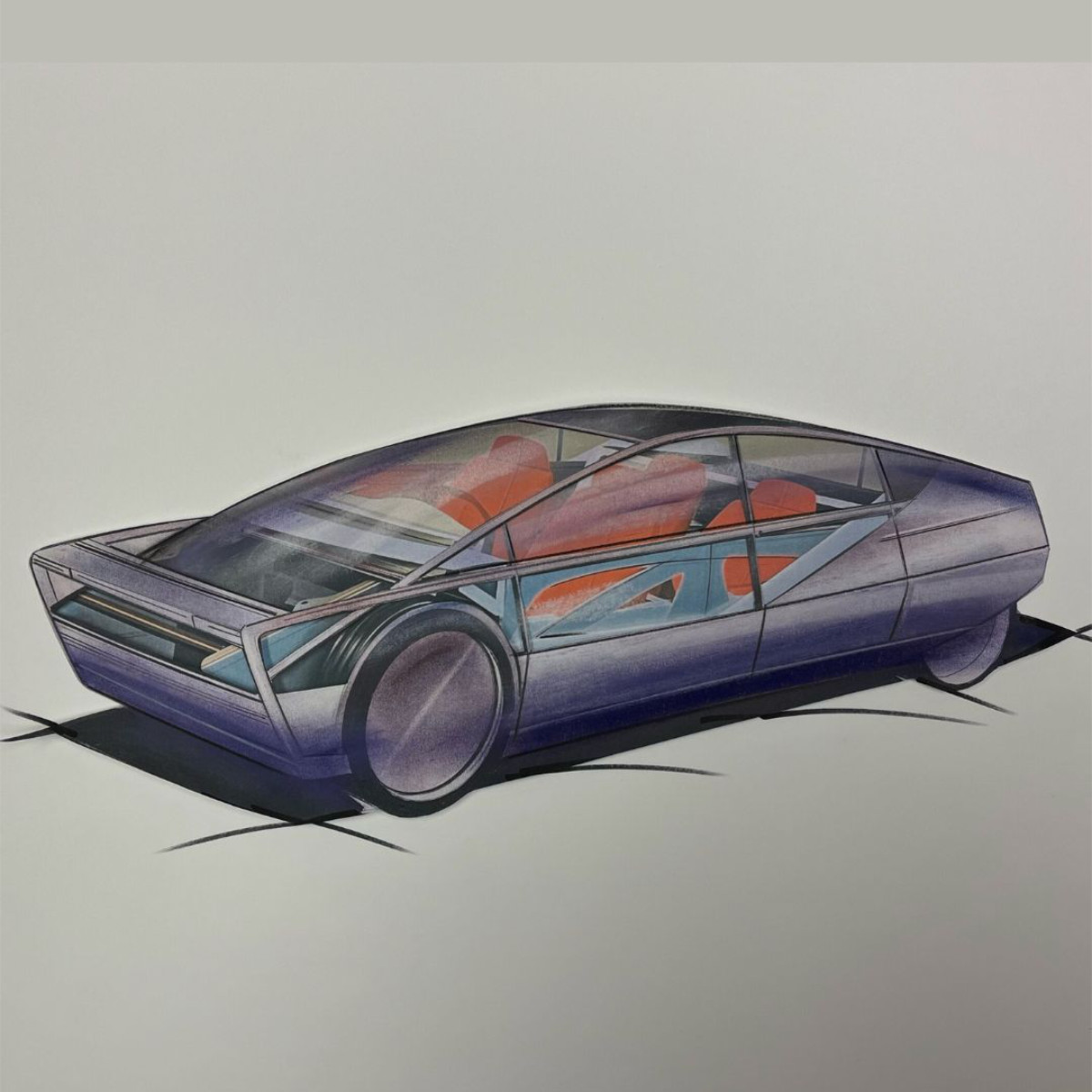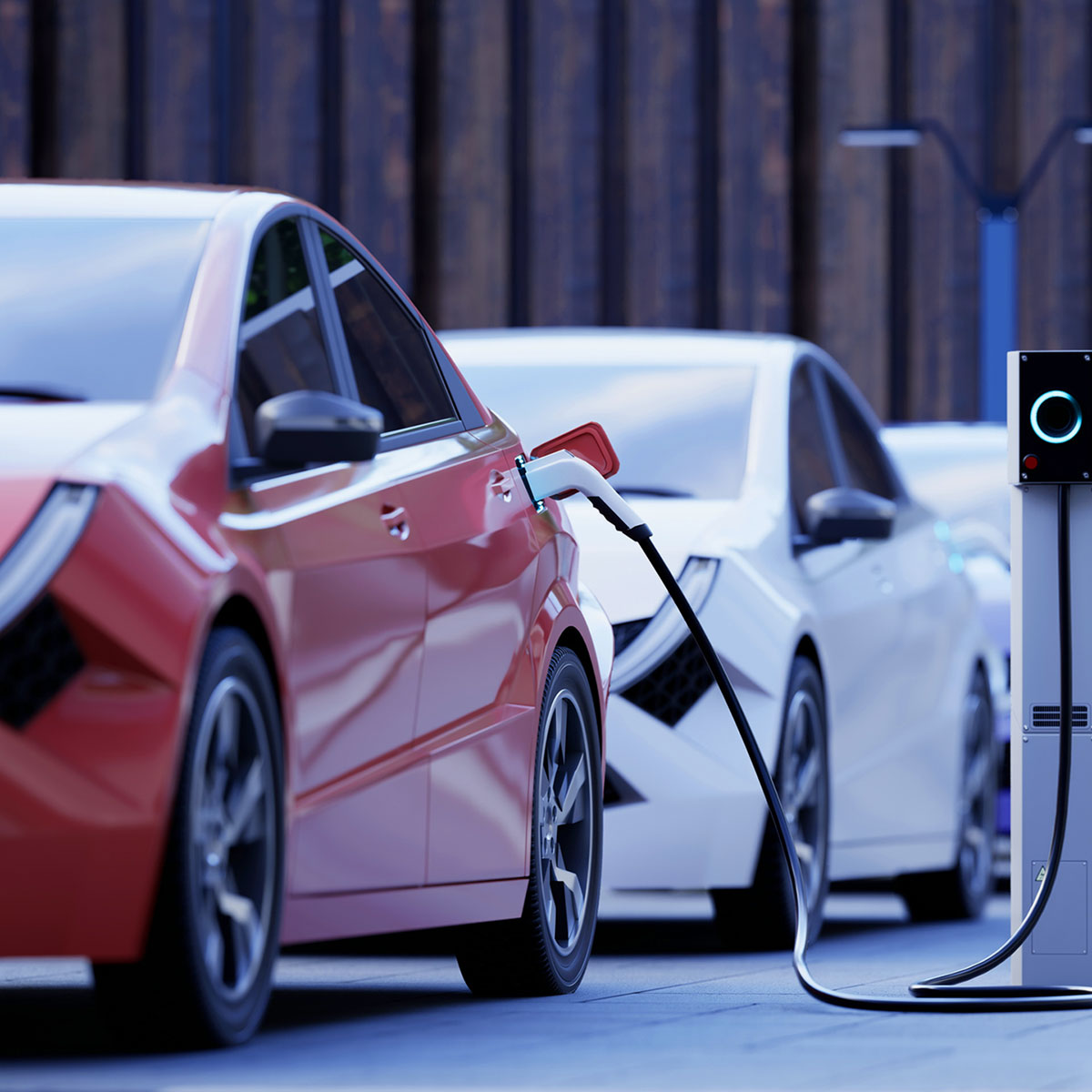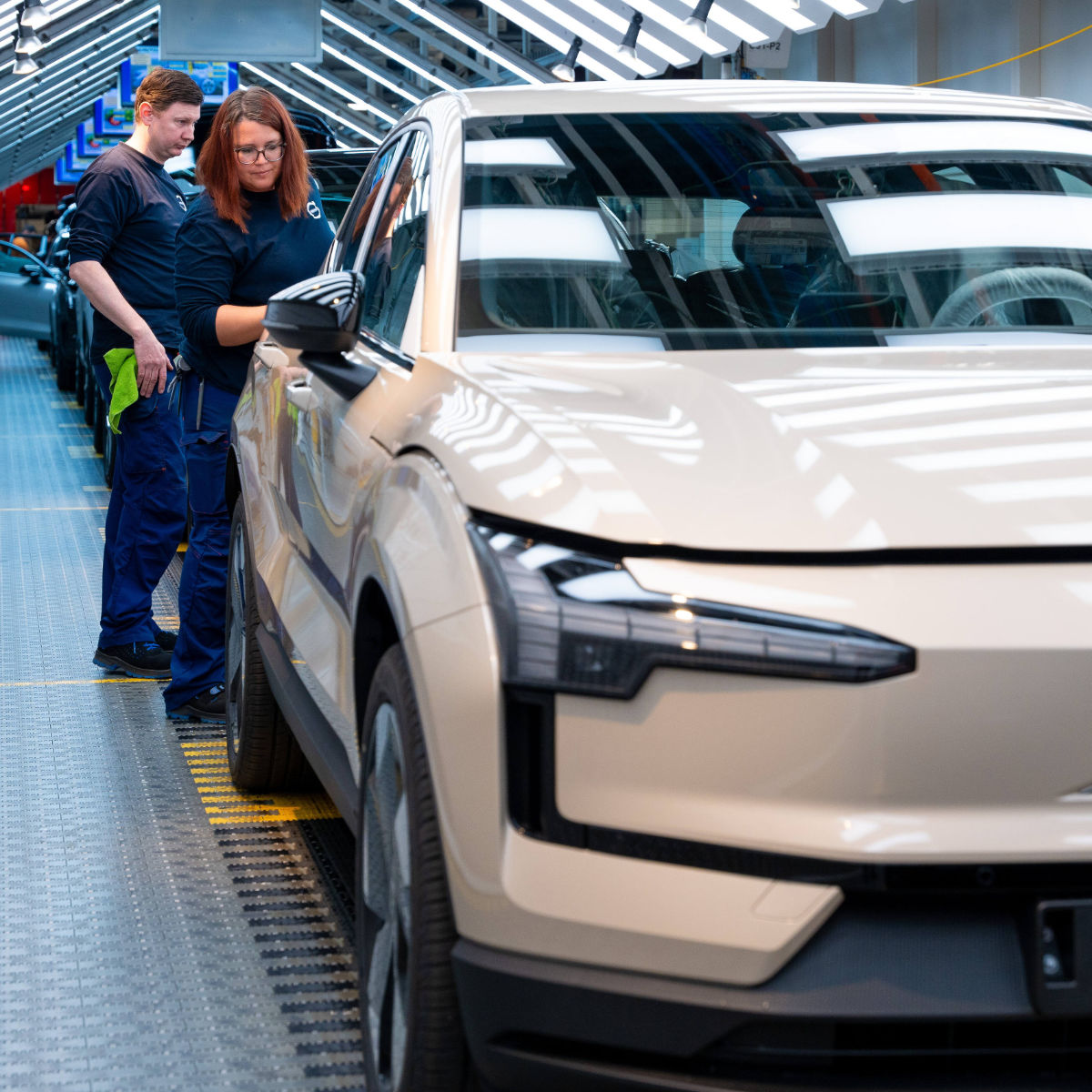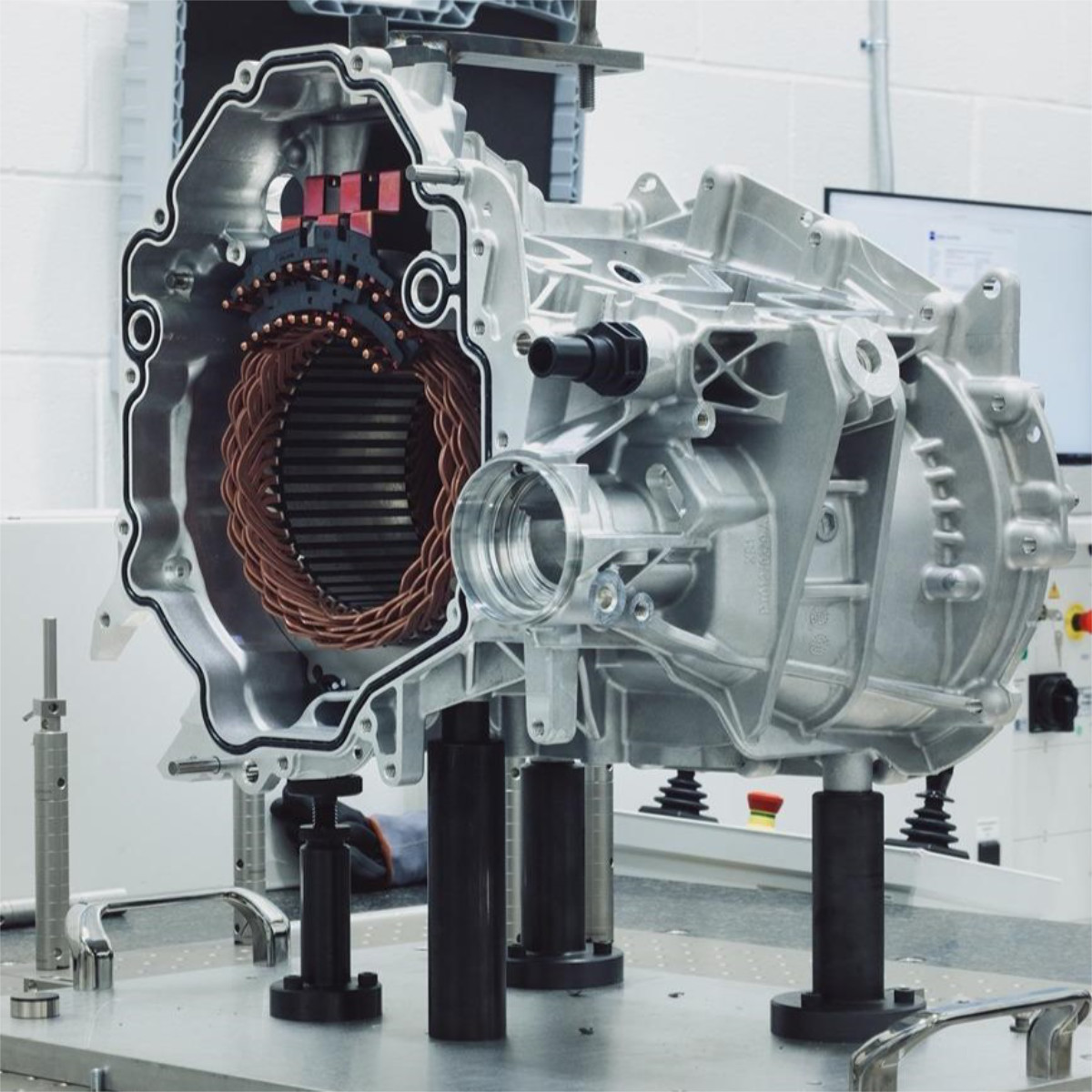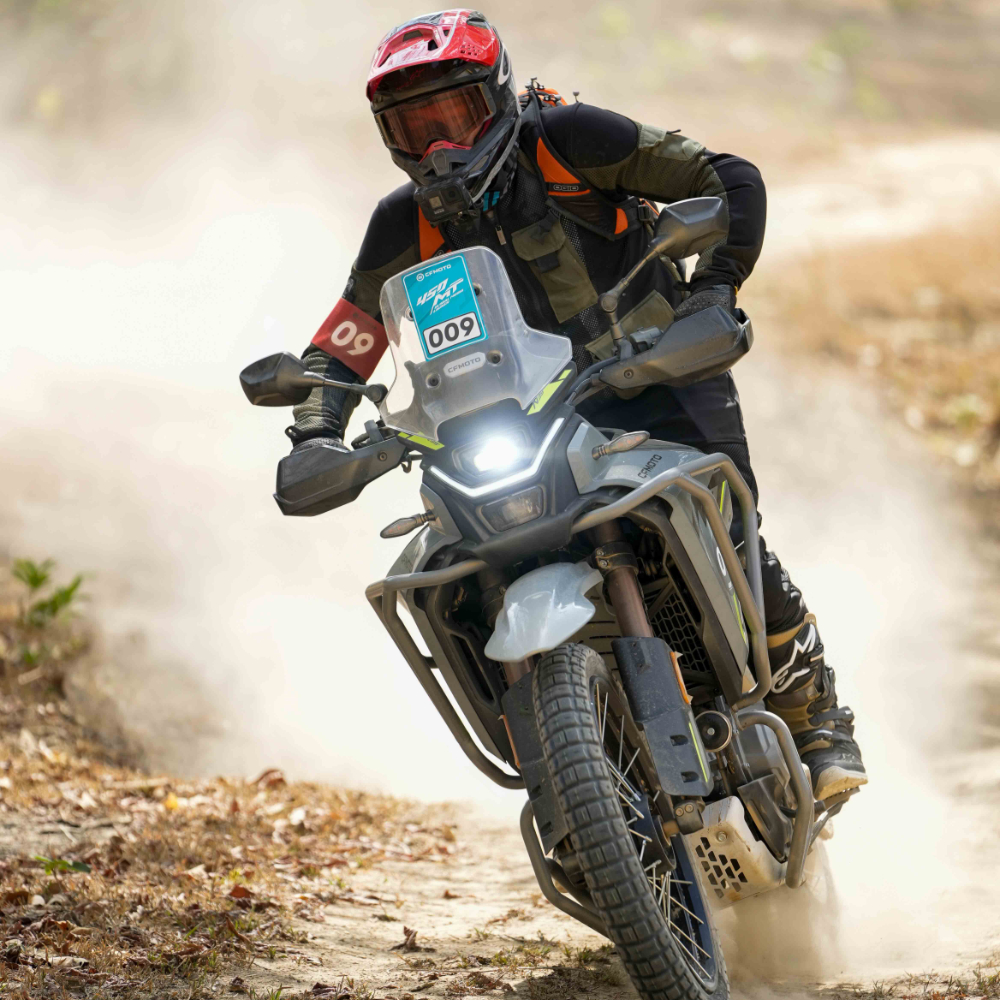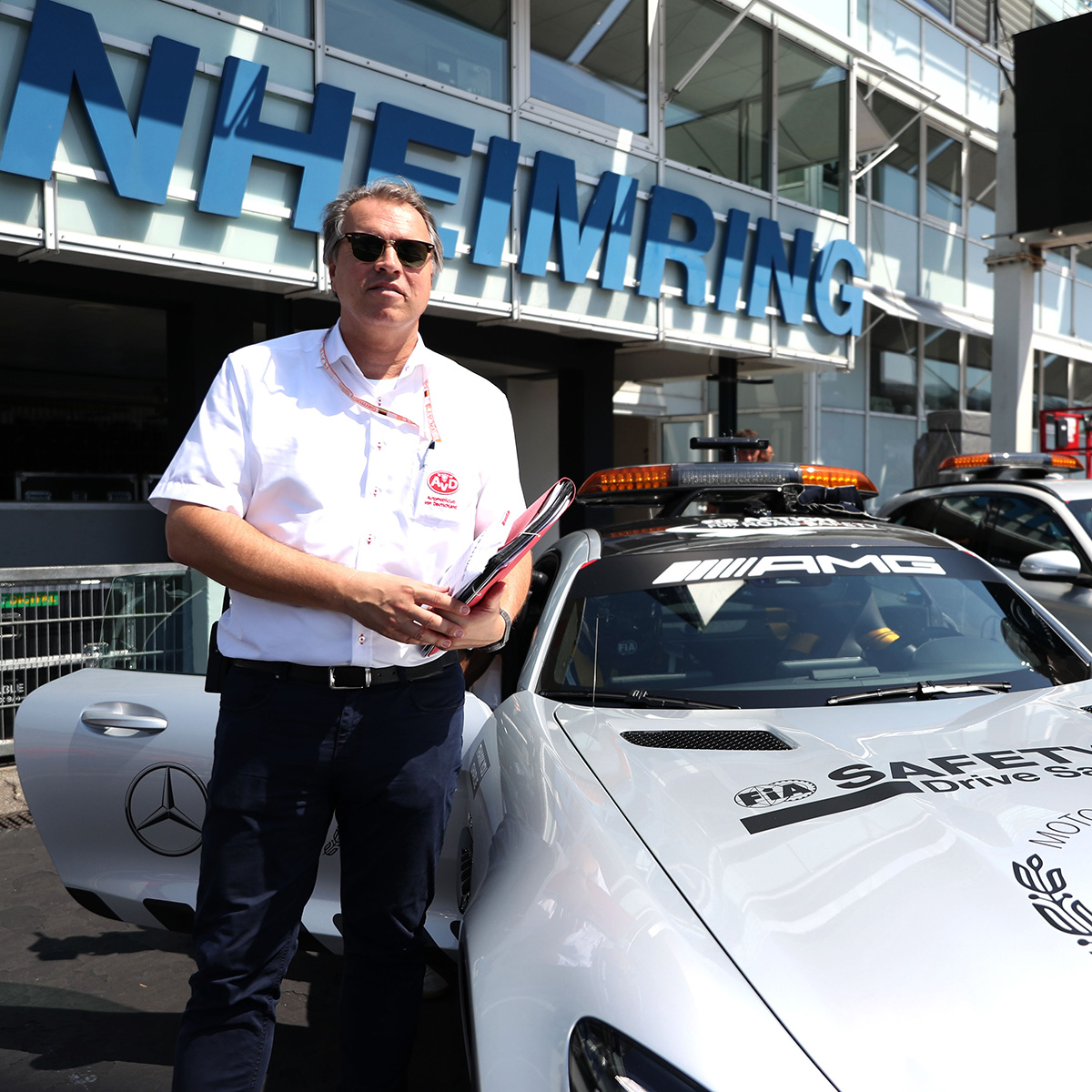Reading time: 13 minutes
If you had asked people 30 years ago if they had any use for a telephone that was also a small computer which you could watch films on, they would have shaken their heads in disbelief. No, what on earth for? Today, smartphones are indispensable. As far off as their indispensability may seem at the present moment, we may be telling the same story about so-called eVTOLs soon – possibly sooner than we think. eVTOL stands for “electric Vertical Take-Off and Landing” and is the name for aircraft that can ascend and descend vertically using electric power.
In Germany, there has been a lot of talk recently about the problems and restructurings at the two German pioneer companies: Lilium’s financial difficulties and Volocopter’s collaboration with former Daimler boss Dieter Zetsche. Globally, however, the talk is about “Advanced Air Mobility”, the second wave of a 15-year long development story, building on the experiences of the first wave, but in partly different economic structures and with a much more developed sense of cooperation, synergies, and global networks.
Air Mobility may still seem like luxury today, but there is much to suggest that it will become more widely accessible. “Autonomous aerial vehicles and flying cars are no longer science fiction as projects and tests are underway worldwide,” writes Fortune Business Insights, outlining several billion-dollar investment projects and predicting annual growth of 16.9 per cent for the Air Mobility market. A forecast by US investor Morgan Stanley puts the 'UAM (Urban Air Mobility) addressable market' at a staggering $1.5 trillion by 2040. Expectations are high but the industry is still in its infancy. It is an exciting global competition in which the winners will be those who develop applications along with their aircraft, create real 'user demand' – and fulfil it economically. And we really are ready for take-off, as the following profiles of five leading companies show.
Airbus Air Mobility, Munich
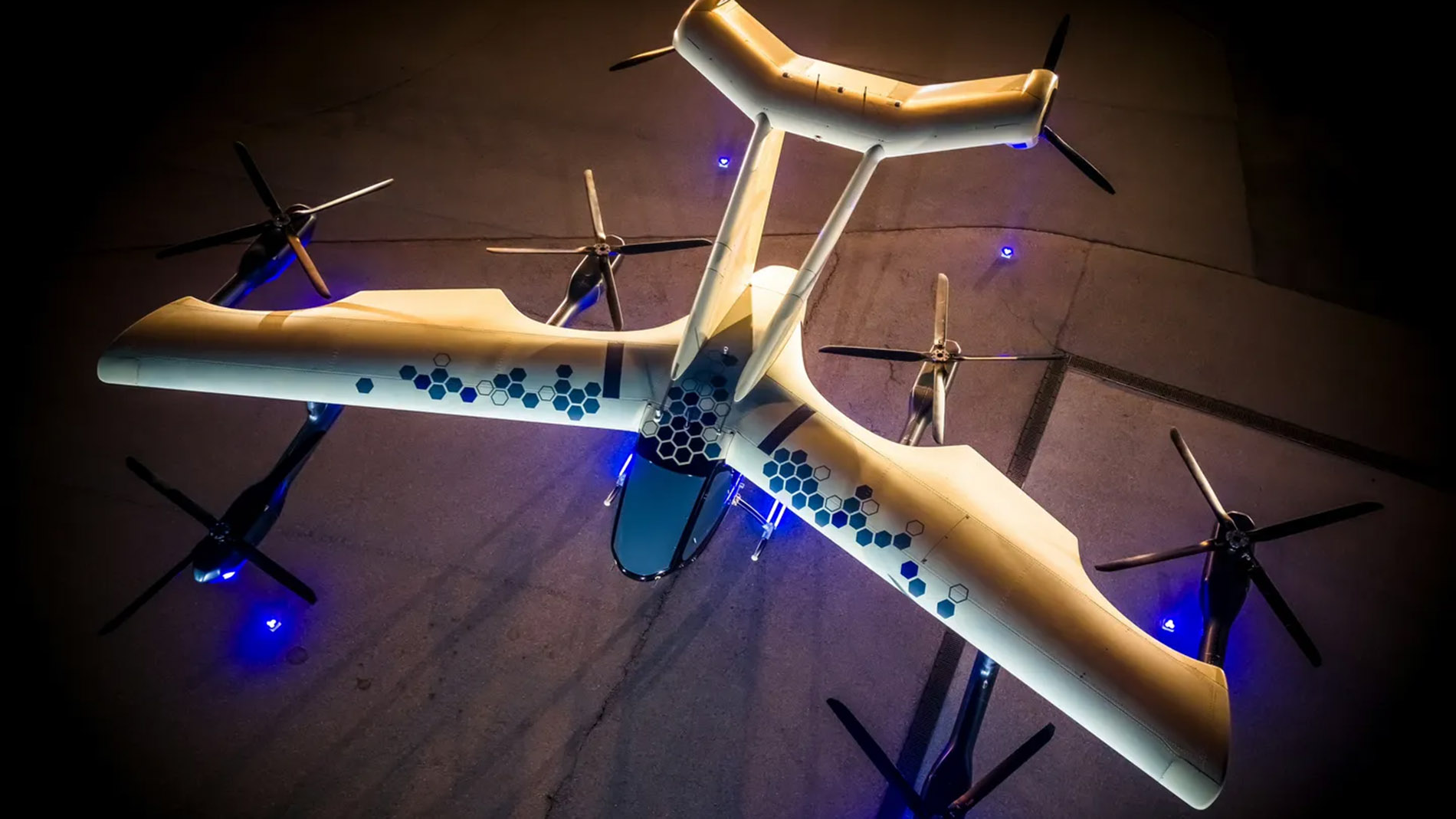
“In many parts of the world, electric aircraft will provide a completely new kind of mobility in the near future,” says Dr Markus May, Head of Operations for Urban Air Mobility at Airbus. By 2030, 60 percent of the world's population will live in cities. Airbus anticipates that the expected congestion of ground infrastructure will create a real need for innovative mobility options. “One way,” says May, “could be to offer people a safe, low-carbon, and practical solution using the airspace above cities.”
Since 2014, Airbus has been exploring how the latest technological advances –from battery capacity to autonomous driving and electric propulsion– can help propel forward the development of new aircraft types. The first result is the CityAirbus NextGen, an all-electric, four-seater vertical take-off and landing prototype. Based on a lift-and-cruise concept, the CityAirbus has an 80-kilometre-range and a speed of 120 kilometres per hour – making it suitable for medical purposes, shuttle services, and eco-tourism.
In Germany, Airbus is leading the Air Mobility Initiative (AMI), which focuses on three areas: eVTOL, UTM (Unmanned Traffic Management) services, and airport-city integration, including Vertiports – landing platforms for electric aircraft that can be integrated into rooftops, train stations, or car parks. They are digitally networked and, when combined into a safe “civil drone system” such as the one being developed by the Fraunhofer Institute, they form the basis for autonomous flight. Given the complexity of the tasks, May sees only one way forward for the AMI: “It will require the joint efforts of many partners with different profiles.”
Joby Aviation, Santa Cruz
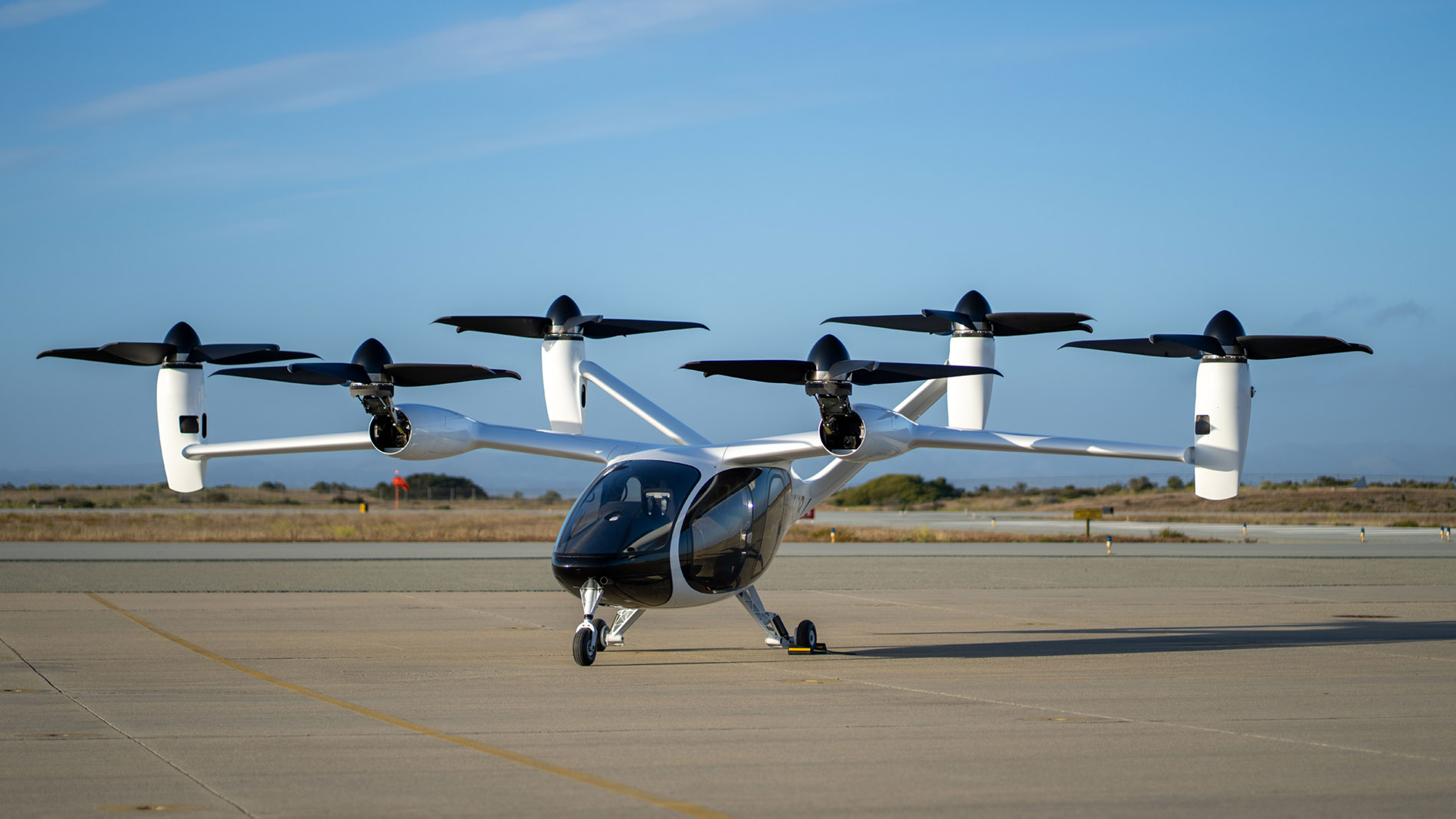
The story of Joby Aviation is a classic American dream – and yet a good example of a pragmatic, focused approach, accompanied by many partnerships: Founded in 2009 by seven engineers in a literal barn in the mountains of Santa Cruz, the company now boasts 1,500 employees in their sites Santa Cruz, San Carlos, Washington, D.C., and Munich.
Joby Aviation focuses on just one aircraft: a six-engined air taxi for one pilot and four passengers that takes off and lands vertically – all in the space of your front garden. “Flying with us might feel more like getting into an SUV than boarding a plane,” says CEO Joe Ben Bevirt. An air-taxi flight from midtown Manhattan to JFK Airport would be affordable compared to the $200 charged by Uber, take only seven minutes (compared to 50 to 75 minutes by car), and be completely emission-free.
Joby Aviation works with Toyota, Delta Air Lines and NASA, has a six-year exclusive licence to operate air taxis in Dubai and does extensive work for the US Air Force. “We believe,” says Bevirt, explaining his strategy, “the quickest way to bring eVTOL flights to the public is with a piloted aircraft. [...] However, autonomous aircraft are a possible evolution.”
Archer Aviation, San José

Start-up Archer Aviation, based in San José, California, is Joby Aviation's direct competitor in the Santa Cruz air taxi market. Launched only in 2018, the start-up took half the time it took its competitors to obtain an operating licence.
At the moment, we have a virtually world-wide race to see which Air Mobility provider will be allowed to make the first regular flights in 2025. On the occasion of the decisive test flight of his eVTOL aircraft “Midnight”, Archer founder Adam Goldstein told a US TV station in the summer of 2024 that the test went well and that all they needed now was the certification of the aircraft itself.
This is good news for partners such as Stellantis, the US Air Force and, above all, United Airlines. The latter hopes to buy $1.5 billion worth of aircraft, while Archer's latest quarterly results show it has $4 million in cash. Sounds like this start-up is off to a good start.
EHang, Guangzhou
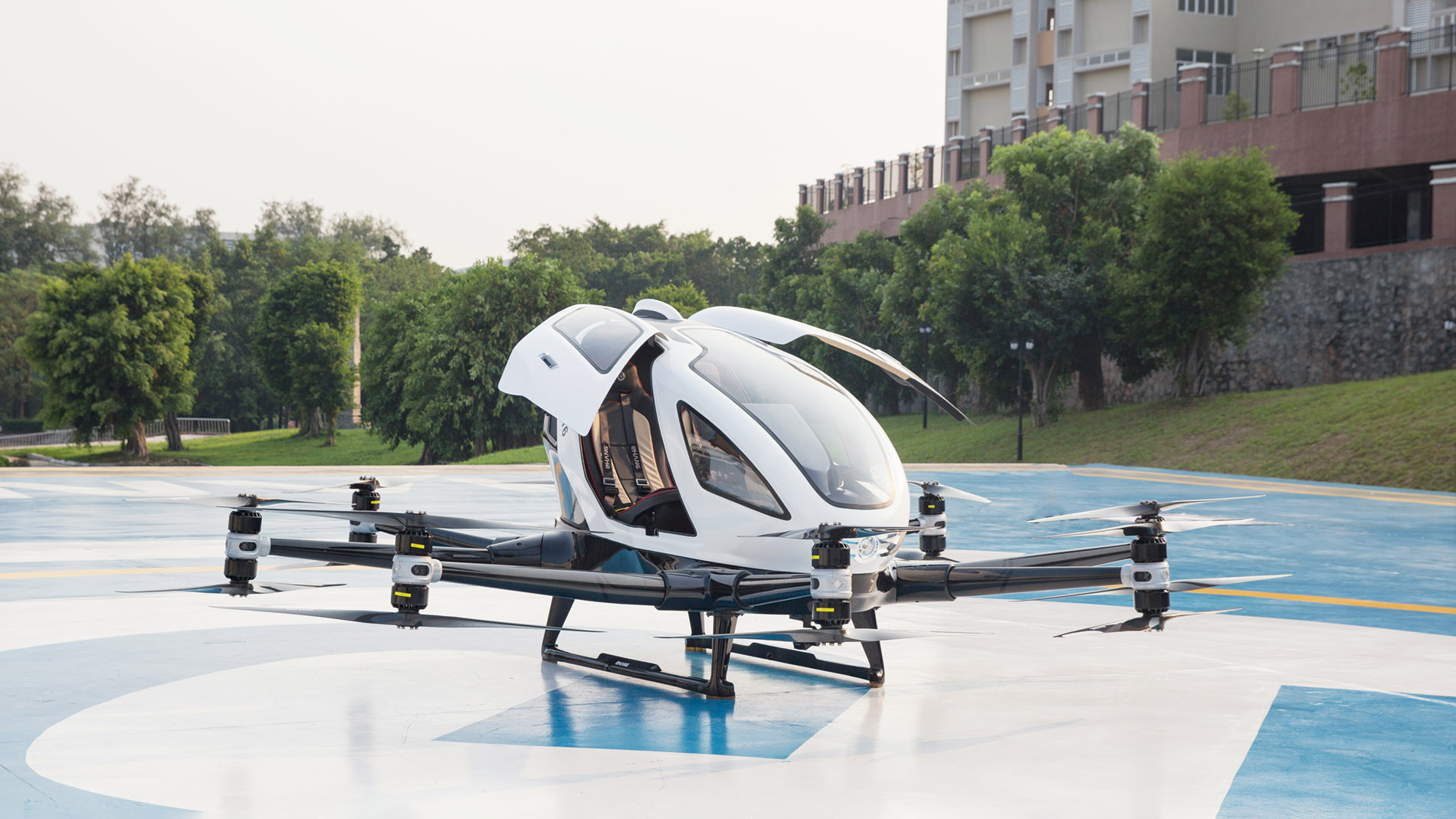
“Everything that has wings flies”, a German children’s game teaches us. EHang teaches us something new: Everything that is connected flies. This is the company's basic idea. With 1,000 employees worldwide, EHang is a global technology platform company for electric and autonomous aircraft. It is based in Guangzhou, the capital of Guangdong province in the Pearl River Delta in southern China and a booming high-tech centre. EHang’s CEO, Huazhi Hu, got the idea to start the company in 2014 when he first saw a smartphone-controlled drone during a visit to the US. “In the near future, I wish to have our AAVs fly all over the world, so that everyone can enjoy the efficiency and convenience provided by the autonomous aerial vehicle technologies and everyone can quickly enter the future of life,” he says, describing his grand vision.
The EHang 184 was unveiled at the Consumer Electronics Show in Las Vegas in 2016, and was the world’s first passenger drone. It was followed by virtually world-wide collaborations – in Dubai, the US, Latin America and Europe –, as well as strategic partnerships, such as with the Spanish city of Llíria. In May this year, EHang became the first company in the world to receive a licence for its aircraft from the Chinese authorities.

To operate the aircraft, EHang maintains an intelligent logistics ecosystem that plans and monitors routes. The company is involved in virtually all international initiatives to develop concepts for 'safe and efficient air' over urban centres, such as NASA’s Urban Air Mobility Airspace Integration Concept (UAM) system.
Vertical Aerospace, Bristol
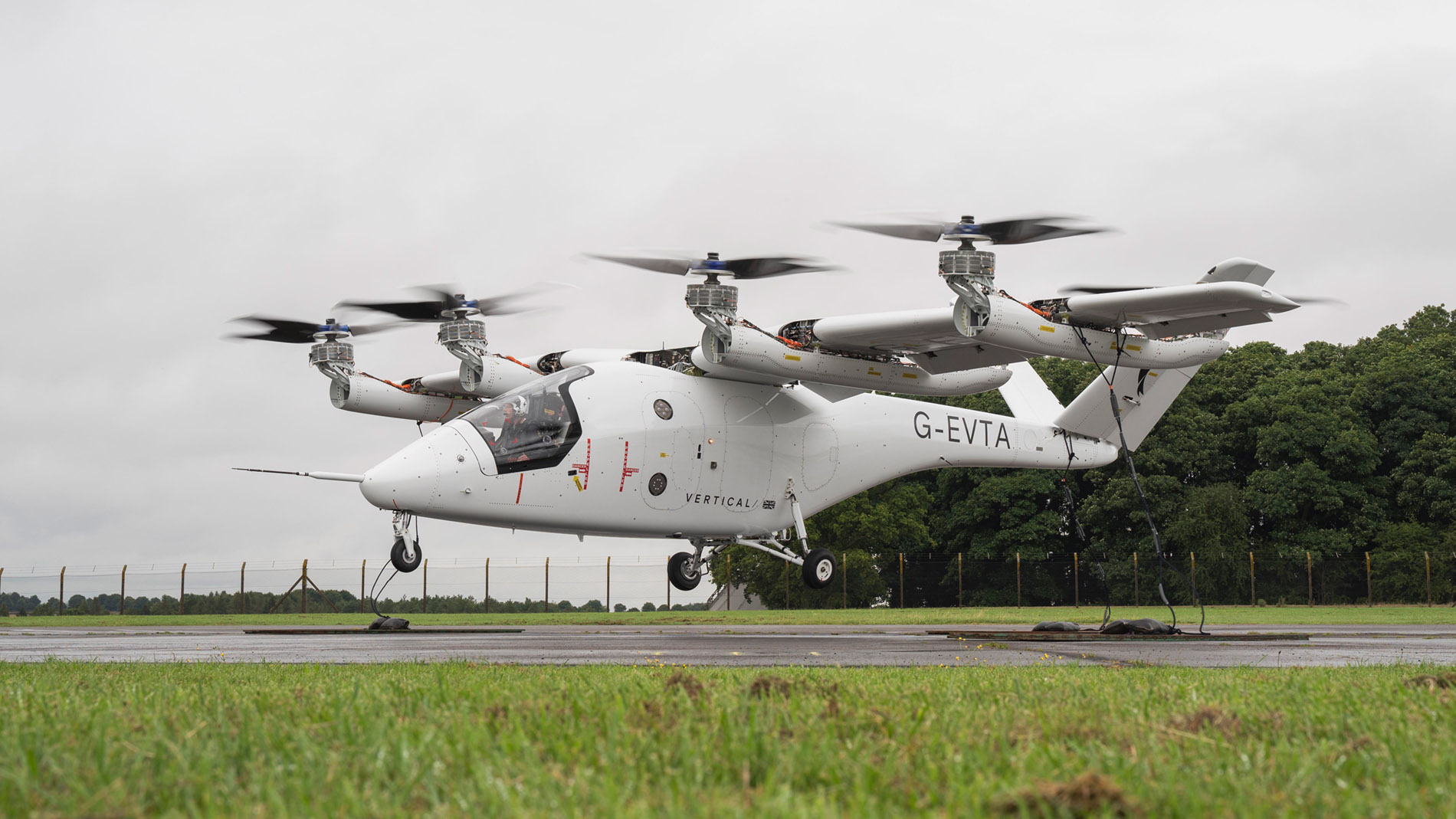
“They're such incredible vehicles, you feel like you're in a film,” says founder Stephen Fitzpatrick, who previously owned a Formula 1 team, talking about the latest version of his electric quadcopter, which will go into production in 2025. The X4 is a piloted, zero-emission, electric vertical take-off aircraft with a range of 100 miles for four passengers and a pilot, designed to be used for local transport inside and outside cities.
The company is now concentrating on marketing this model worldwide – and its founder is more than optimistic: “The benefits of electric aviation are so obvious that it is not difficult to convince people. It's 100 times safer, 100 times quieter and costs a fifth of the price of a conventional helicopter to operate,” says Fitzpatrick. “Airlines and aviation operators are desperate to reduce emissions and costs and are very keen on this technology.” 1,500 units of the X4 have already been sold, to companies from North America all the way to Japan.
